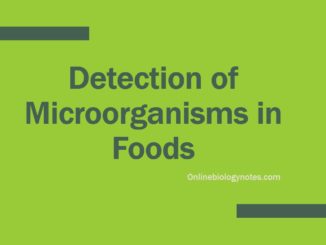
Detection of Microorganisms in foods: methods and techniques
How to detect microorganisms in food ? Various techniques can be used for determination of microorganisms in food. Some of them give total count (viable+ […]

How to detect microorganisms in food ? Various techniques can be used for determination of microorganisms in food. Some of them give total count (viable+ […]
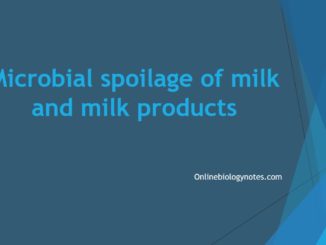
Contamination of milk: Contamination of milk occurs at two levels: On farm: Freshly drawn milk contains relatively few bacteria however Micrococcus and Streptococcus are usually […]
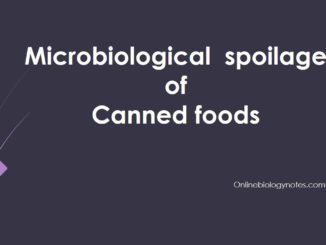
Canned foods: Heated canned foods are microbiologically more stable than most other foods. Better keeping quality of heated canned food is due to: Heat treatment […]
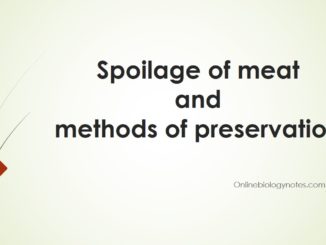
Contamination of meat The healthy inner flesh of the meat contains few or no micro-organisms although they have been found in lymph node and bone […]
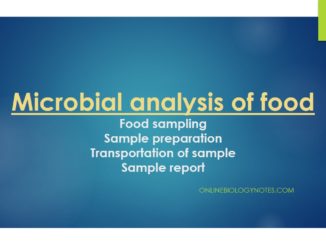
Microbial analysis of food Food is a good culture medium for growth of many microorganisms. The presence of microorganisms in food causes decomposition and spoilage […]
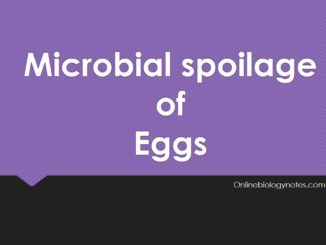
Food Spoilage: Food spoilage refers to the damage or destruction of food so as to make it undesirable for human consumption. Such spoilage may be […]
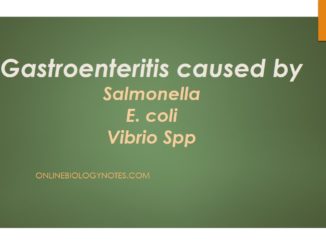
1. Salmonellosis: Gastroenteritis caused by Salmonella spp. is called as Salmonellosis which is caused by ingestion of viable Salmonella spp. in food. It is most […]
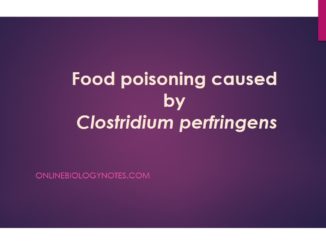
Clostridium perfringens gastroenteritis Clostridium perfringens causes food borne gastroenteritis which is due to enterotoxin production. Clostridium perfringeus multiply and produce enterotoxin in food. After ingestion, […]
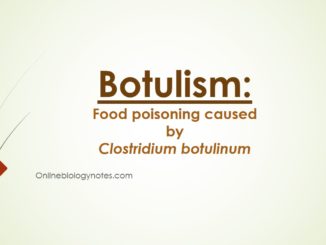
Botulism: Botulism is a neuro paralytic intoxication caused by ingestion of preformed enterotoxin in food produced by Clostridium botulinum. Etiological agent for Botulism: Clostridium botulinum […]
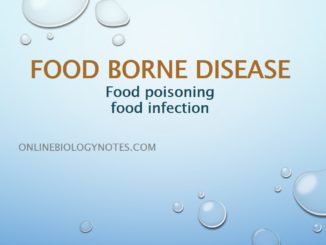
Concept of food borne disease: Food borne disease are divided into two main types i.e. poisoning and infection. Food poisoning: If disease is caused by […]
Copyright © 2024 | WordPress Theme by MH Themes